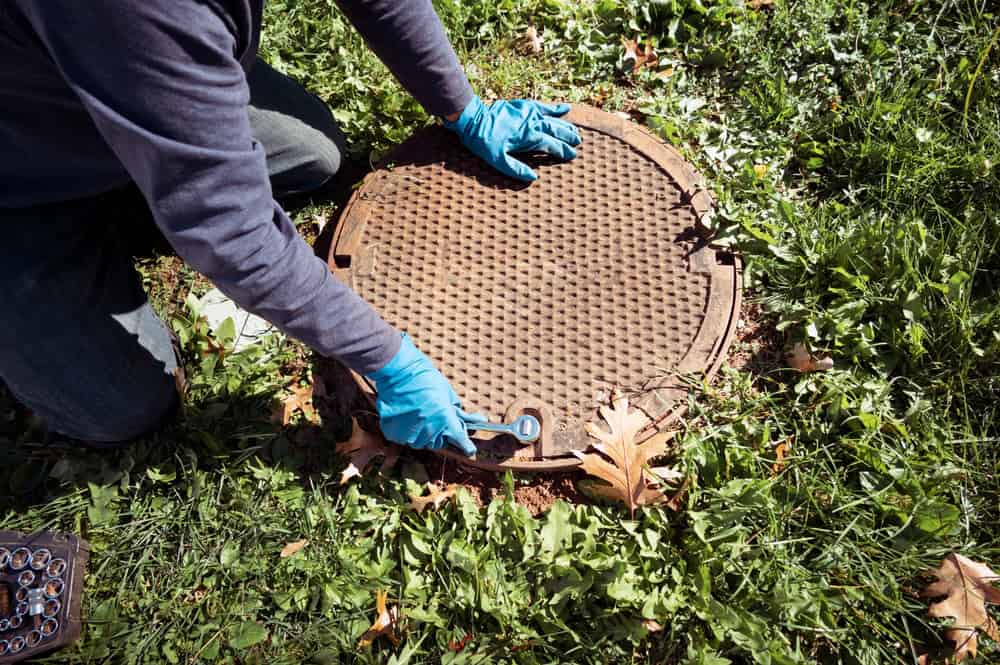Fast, reliable septic tank pumping that prevents backups and keeps your system working properly for years to come.
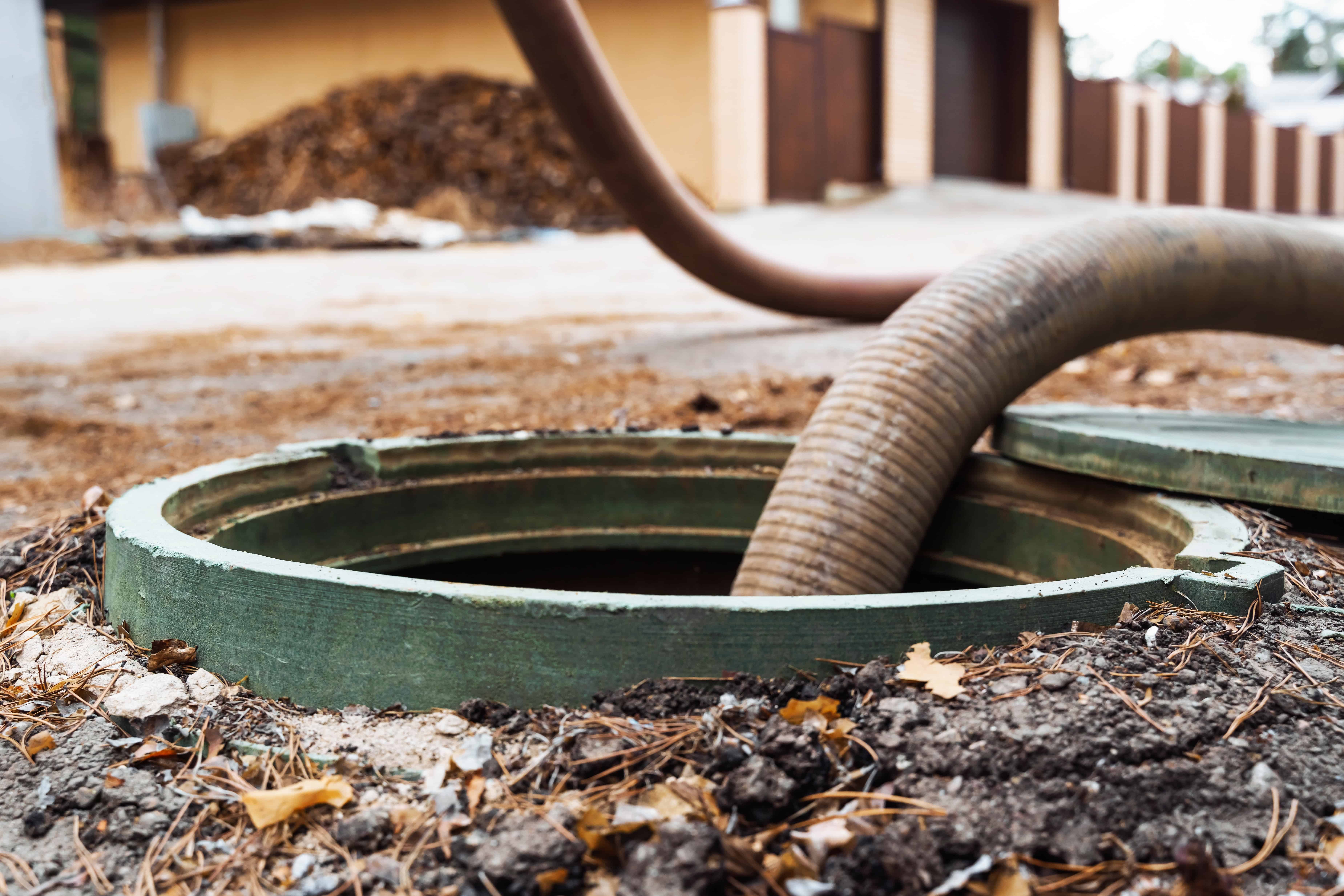
Hear from Our Customers
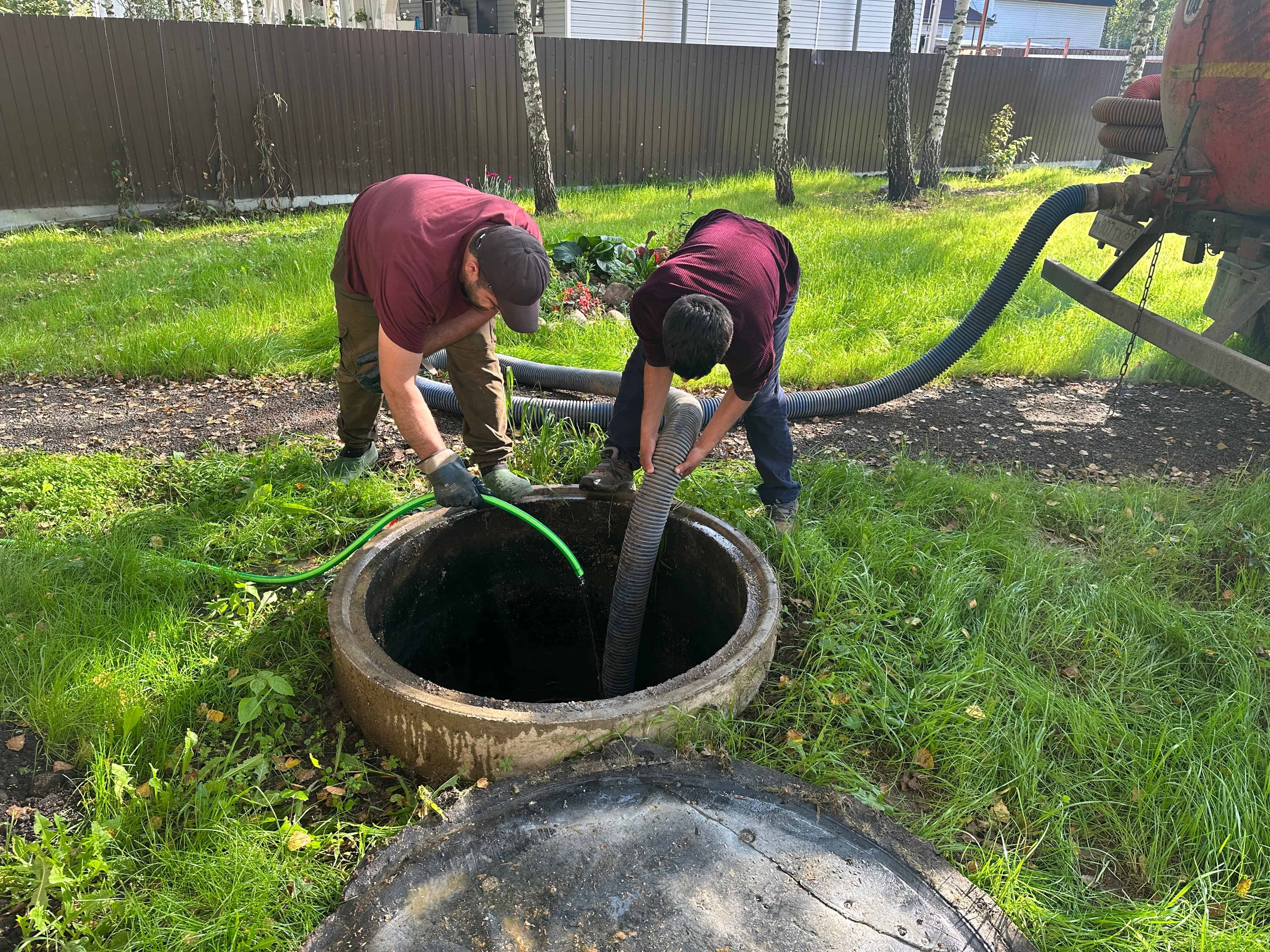
When your septic system works the way it should, you don’t think about it. No slow drains backing up during dinner prep. No mysterious odors drifting across your yard when you’re trying to enjoy your deck. No panic calls to plumbers because waste is surfacing in your basement.
Regular septic tank pumping keeps everything flowing smoothly. Your drains empty fast. Your toilets flush without hesitation. Your system handles whatever your household throws at it, day after day.
Most importantly, you avoid the nightmare scenarios that come with neglected septic systems. No emergency repairs that cost thousands. No contaminated groundwater issues. No health department visits or failed inspections when you’re trying to sell your home.
Quality Cesspool has been handling septic tank pumping and maintenance throughout Patchogue and Long Island for years. We understand how local soil conditions affect your system and what regulations you need to meet.
Our technicians have seen every type of septic problem you can imagine. We know which systems need pumping every two years versus every five. We spot potential issues before they become expensive emergencies.
When we show up, we come prepared with the right equipment and experience to get your system back on track. No guesswork, no learning on your dime.
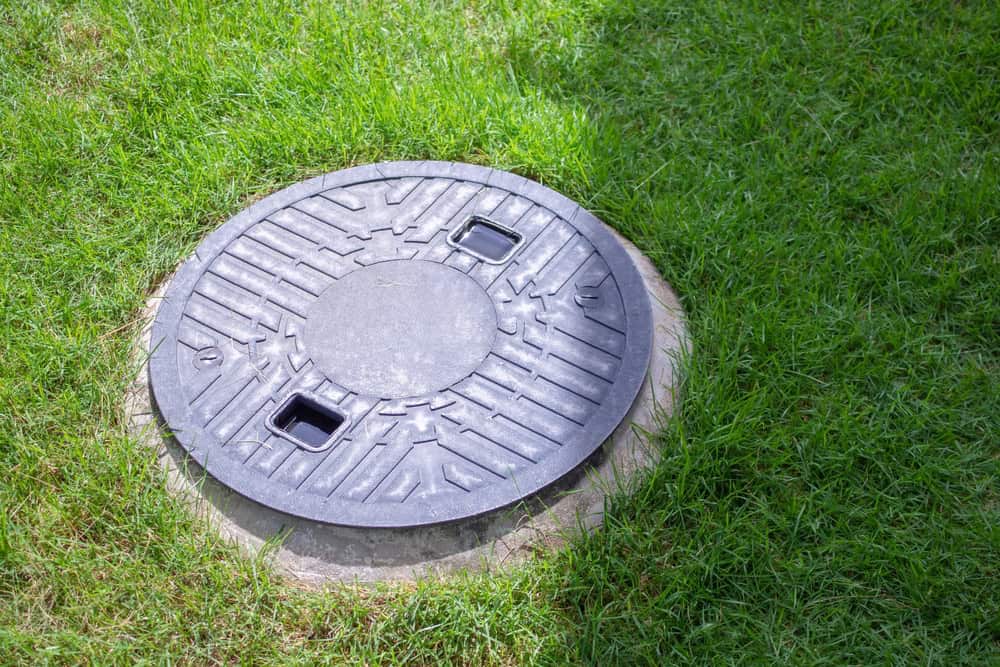
First, we locate and uncover your septic tank access ports. We inspect the tank to check sludge and scum levels, plus look for any obvious damage or wear that could cause problems down the road.
Next comes the actual pumping. We use professional vacuum equipment to remove all accumulated solids and liquids from your tank. This isn’t a quick surface job – we make sure everything comes out so your system can function properly.
After pumping, we check your tank’s condition more thoroughly. We look at baffles, inlet and outlet pipes, and the overall tank structure. If we spot anything that needs attention, we’ll explain what we found and what your options are. No surprises, no pressure – just straight information so you can make good decisions about your property.
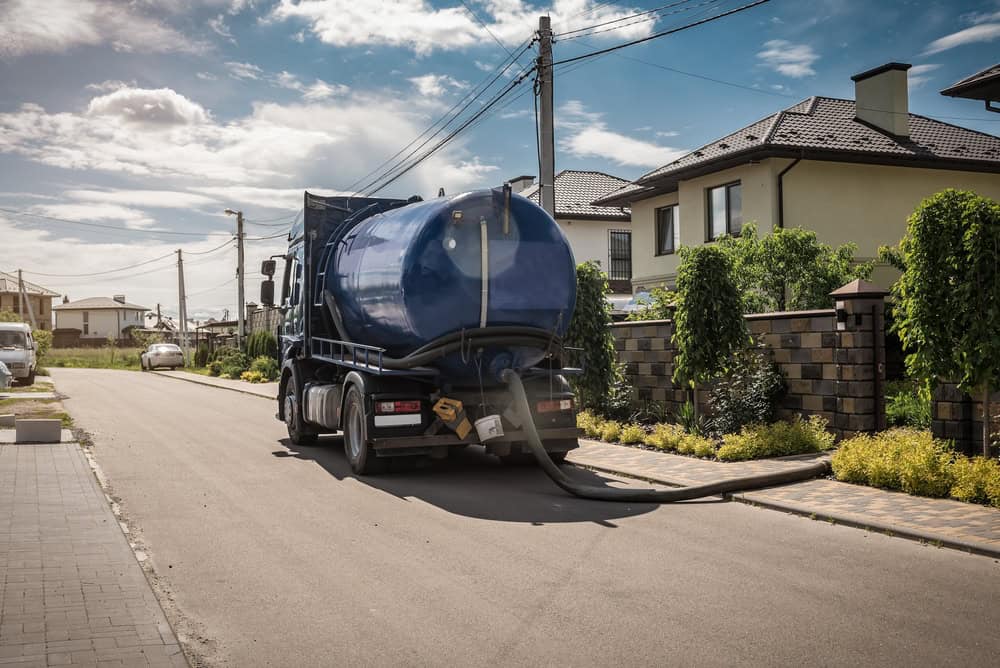
Ready to get started?
Every septic tank pumping includes complete removal of all accumulated waste, not just the easy-to-reach stuff. We pump out sludge, scum, and liquids so your tank can handle normal household waste loads again.
You get a thorough inspection of your tank’s condition. We check for cracks, damaged baffles, or inlet/outlet problems that could lead to system failure. If your tank needs repairs, we’ll explain what’s wrong and what it means for your system’s performance.
We also provide honest guidance about pumping frequency based on your household size and actual usage patterns. Some Patchogue homes need pumping every three years, others can go longer. We base our recommendations on what we actually see in your tank, not generic schedules that don’t match your situation.
